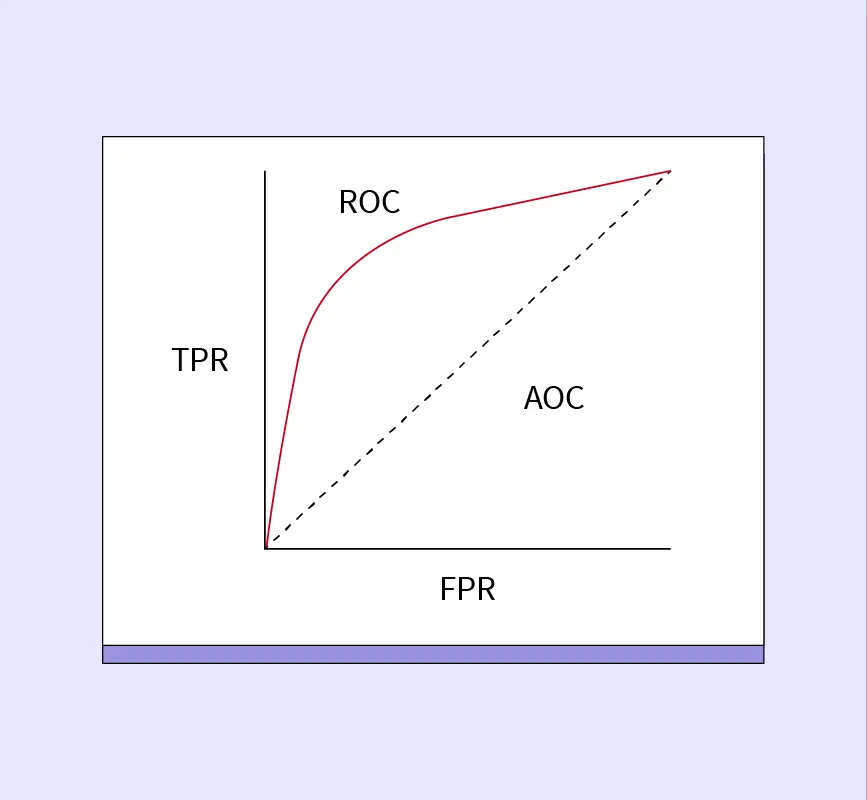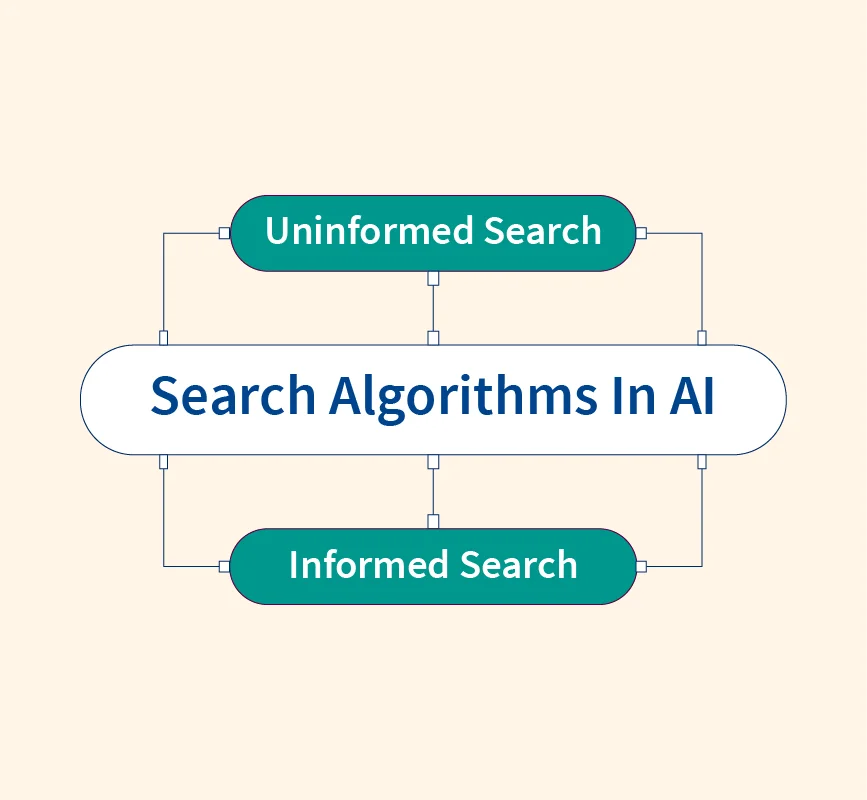Data analysts are crucial in helping organizations make data-driven decisions. With the rising demand for analytics across industries such as healthcare, finance, and marketing, becoming a data analyst is a lucrative and rewarding career choice. This guide will walk you through the essential steps to start your journey toward a career in data analytics.
What Does a Data Analyst Do?
A data analyst is responsible for transforming raw data into meaningful insights that help businesses make informed decisions. Their core tasks include collecting, cleaning, analyzing, and interpreting data, followed by presenting actionable insights through reports and visualizations. Data analysts often work with programming languages such as Python, SQL, and R, as well as visualization tools like Tableau and Power BI.
Common tasks include:
- Extracting data from databases.
- Cleaning and preparing data for analysis.
- Analyzing data to identify trends, patterns, or anomalies.
- Presenting findings in clear, visual formats for stakeholders.
Data analysts are in high demand across industries such as finance, healthcare, marketing, and e-commerce. For instance, a data analyst in finance might forecast market trends, while in healthcare, they could be tasked with analyzing patient data to improve treatment outcomes.
Skills Required for Data Analysts
Technical Skills
- Programming Languages: Data analysts must be proficient in languages like Python and R to manipulate large datasets and perform complex analyses. SQL is essential for querying databases and extracting data.
- Data Visualization: Tools like Tableau, Power BI, and Excel help data analysts present their findings in clear, easy-to-understand visuals, such as dashboards and charts.
- Database Knowledge: Understanding databases, data warehousing, and storage systems like SQL Server, MySQL, or PostgreSQL is crucial for data management.
Soft Skills
- Critical Thinking: Data analysts need to interpret data meaningfully, identifying patterns and drawing conclusions that lead to actionable insights.
- Communication: Being able to explain complex data findings to non-technical stakeholders is essential for ensuring that insights drive decision-making.
- Problem-Solving: Analysts often face ambiguous or incomplete data and must apply problem-solving skills to draw useful conclusions.
Mastering these skills not only prepares aspiring data analysts for their roles but also enhances their ability to interpret and communicate data effectively.
Step-by-Step Guide to Becoming a Data Analyst
Step 1: Get a Foundational Education
A strong educational background in subjects like mathematics, statistics, computer science, or economics provides a solid foundation for a career in data analytics. Degrees in these fields equip students with the quantitative and analytical skills necessary to interpret data and develop models.
However, for those who may not follow a traditional educational path, there are alternative routes. Many online platforms like Coursera, Udemy, and edX offer specialized data science and analytics courses. These courses allow self-learners to gain the necessary technical skills without committing to a full degree program. Topics covered include programming, statistics, and data visualization.
Step 2: Build Your Technical Skills
Once you’ve established a solid foundation, the next step is to build your technical skills. Data analysts work with a variety of tools, and it’s important to be proficient in these:
- Programming: Learn programming languages like Python and R. These languages are commonly used for data manipulation, statistical analysis, and machine learning.
- SQL: Become proficient in SQL to query, extract, and manipulate data stored in databases. SQL is one of the most critical skills for a data analyst.
- Data Visualization: Familiarize yourself with Tableau, Power BI, and Excel to present data in visual formats that stakeholders can easily understand.
Step 3: Work on Projects with Real Data
Hands-on experience is crucial for reinforcing the technical skills you’ve learned. Participate in data challenges or Kaggle competitions, where you can work with real datasets and solve real-world problems. Additionally, use open datasets to practice data cleaning, analysis, and visualization. Working on these projects will help solidify your understanding of data manipulation and analytics.
Step 4: Develop a Portfolio of Your Work
As you complete more projects, it’s important to document and showcase your work through an online portfolio. GitHub is a popular platform where you can upload code and project details, demonstrating your ability to solve real-world data problems. Employers often review portfolios to assess a candidate’s technical abilities and problem-solving skills.
A well-rounded portfolio should highlight:
- Your use of different data analysis techniques.
- Examples of your data cleaning and visualization skills.
- Problem-solving examples that show how you approached a complex data challenge.
Step 5: Get Certifications
Earning industry-recognized certifications can boost your credibility and improve your job prospects. Some well-regarded certifications for data analysts include:
- Microsoft Certified: Data Analyst Associate
- Google Data Analytics Certificate
- IBM Data Analyst Professional Certificate
These certifications not only validate your technical expertise but also demonstrate your commitment to continuous learning. In addition, certifications can differentiate you from other candidates during job applications, especially when transitioning from another field.
How to Become a Data Analyst without a Degree
You don’t necessarily need a formal degree to become a data analyst. Thanks to the rise of online courses and bootcamps, many professionals have successfully transitioned into data analytics through self-paced learning.
Some popular self-learning platforms include:
- Coursera: Offers courses in data analytics, SQL, and Python.
- Udemy: Provides a wide range of affordable courses on programming, statistics, and data visualization.
- DataCamp: Specializes in interactive courses focused on data science and analytics.
Additionally, bootcamps like General Assembly and Springboard offer immersive programs that equip learners with the necessary skills in just a few months. These programs often include career support, such as portfolio reviews, resume building, and interview prep.
Networking is also crucial for those pursuing an alternative path. Joining online communities like LinkedIn, attending meetups, and seeking mentors in the industry can help open doors to opportunities. Building a strong network can also provide support and guidance as you navigate your new career in data analytics.
How to Become a Data Analyst without Experience
Gaining experience can be challenging when you’re new to the field, but there are several ways to build practical skills without prior experience:
- Internships: Apply for internships at companies looking for data analysts. These roles offer hands-on experience in real-world projects, allowing you to apply what you’ve learned.
- Freelance Work: Offer freelance services to small businesses or startups looking for data support. This is a great way to gain experience while building your portfolio.
- Volunteering: Volunteer for non-profits or community organizations that need help analyzing their data. Even unpaid projects can provide valuable experience and help you build your portfolio.
- Kaggle Competitions: Participating in data challenges on platforms like Kaggle can provide practical experience and improve your skills.
Through these experiences, you can develop the expertise required to land a full-time data analyst role, even without formal experience.
Data Analyst Job Outlook and Salary
The demand for data analysts continues to grow as companies across all industries recognize the value of data-driven decision-making. According to the U.S. Bureau of Labor Statistics, employment of data analysts is projected to grow by 25% from 2020 to 2030, significantly faster than the average for other occupations.
Salary Expectations:
- Entry-Level: An entry-level data analyst in India can expect to earn an average salary of ₹3.5 – ₹5 lakhs per annum.
- Mid-Level: With 2-5 years of experience, salaries can rise to around ₹6 – ₹10 lakhs per annum.
- Senior-Level: Senior data analysts or those with specialized skills in fields such as financial analytics or business intelligence can earn between ₹12 – ₹20 lakhs per annum or more, depending on the industry and location.
Cities like Bangalore, Mumbai, and Hyderabad offer higher compensation due to the high concentration of tech and financial companies in these regions.
The career growth prospects for data analysts are also promising. Many professionals transition into roles like data scientists, business intelligence analysts, or analytics managers as they gain experience and further specialize in the field.
Tools Used by Data Analysts
Data analysts rely on various tools and technologies to manipulate, analyze, and visualize data effectively. Some of the essential tools include:
- Data Manipulation:
- Python: Widely used for data cleaning, manipulation, and statistical analysis.
- R: Another popular language for data analysis and visualization.
- SQL: Essential for querying databases and extracting relevant data.
- Data Visualization:
- Tableau and Power BI: Leading visualization tools that help analysts present data through interactive dashboards and charts.
- Excel: Frequently used for basic data analysis and creating pivot tables.
- Data Storage:
- Databases: Analysts use databases like MySQL, PostgreSQL, or SQL Server to manage and query large datasets.
- Cloud Storage: Cloud platforms like AWS or Google Cloud are used to store and process large datasets securely.
Mastering these tools is essential for any data analyst looking to excel in their career.
Conclusion
Becoming a data analyst is an exciting and rewarding journey, offering numerous opportunities across industries. By following a step-by-step approach—starting with foundational education, building technical skills, gaining hands-on experience, and showcasing your work through a portfolio—aspiring data analysts can successfully break into the field. Whether you’re pursuing a traditional degree or leveraging online courses, the growing demand for data analysts ensures a wealth of opportunities. Staying competitive in the ever-evolving data analytics landscape requires continuous learning, networking, and a commitment to honing your skills.
References:


